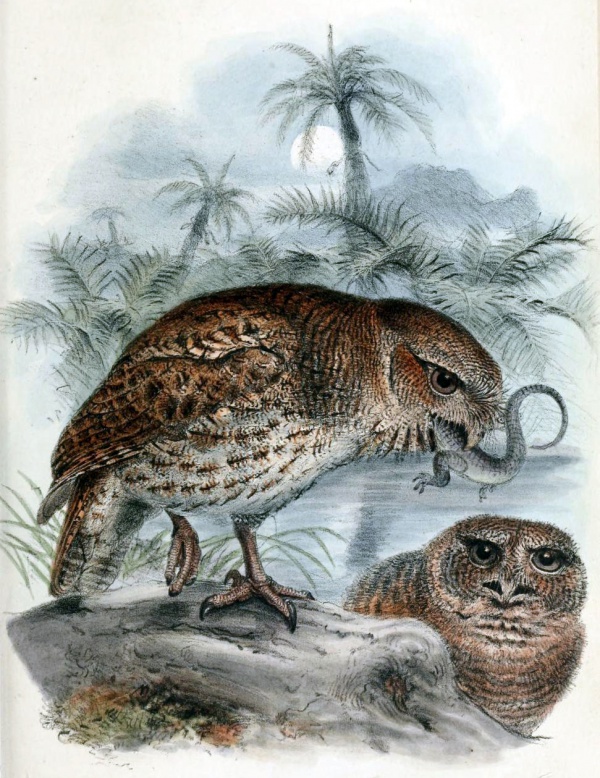Facts About Puerto Rican screech owl
The Puerto Rican screech owl, affectionately known as the "múcaro" is an iconic nocturnal bird native to Puerto Rico. Belonging to the Megascops genus within the Strigidae family, this owl once had a subspecies, M. n. newtoni, found in the Virgin Islands, where locals referred to it as the cuckoo bird. French ornithologist François Marie Daudin first described the primary subspecies, M. n. nudipes, in 1800.
These owls are relatively small, characterized by brown feathers on their upper parts and lighter brown to white feathers underneath, complemented by distinctive white eyebrows. The females are slightly larger than the males, though the difference is minimal.
While the Puerto Rican screech owl remains fairly common on the main island of Puerto Rico, it has vanished from the smaller islands of Vieques and Culebra. These owls thrive in forests with large, hollow trees, such as those found in the Caribbean National Forest. Their breeding season spans from April to June, during which they typically lay one or two eggs in these hollow trunks.
The owls' diet is diverse, comprising large insects, coquí frogs, anole lizards, geckos, small rodents, and small birds. After feeding, they regurgitate pellets containing the indigestible parts of their prey, such as insect exoskeletons, bones, fur, and feathers.
Their loud "coo-coo" calls often resonate from within dense foliage, especially at dawn. Historically, these owls were more abundant, but deforestation for agriculture in the early 20th century significantly reduced their numbers. Regarding the subspecies M. n. newtoni, its existence is disputed, and it is now considered extinct.
